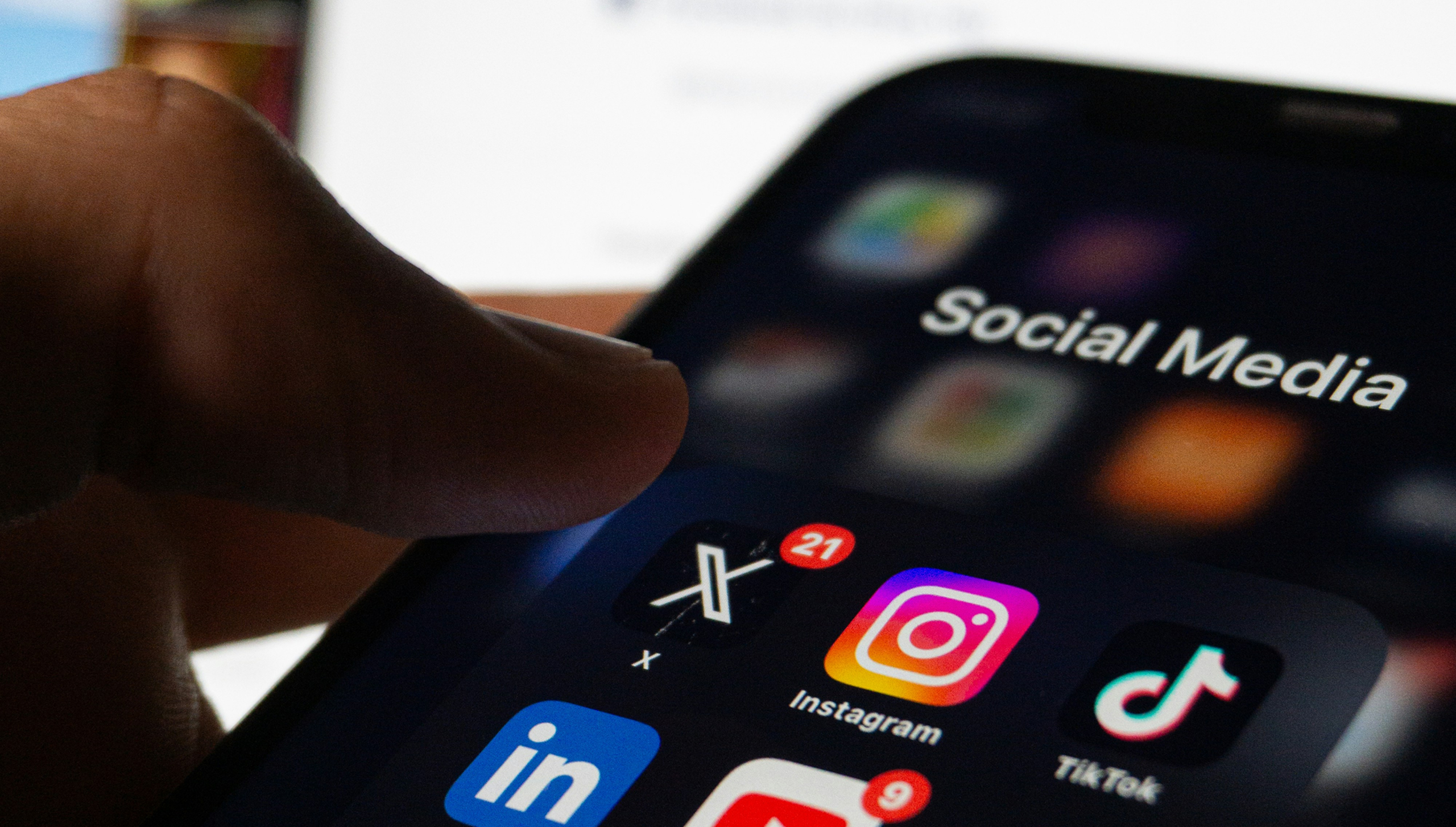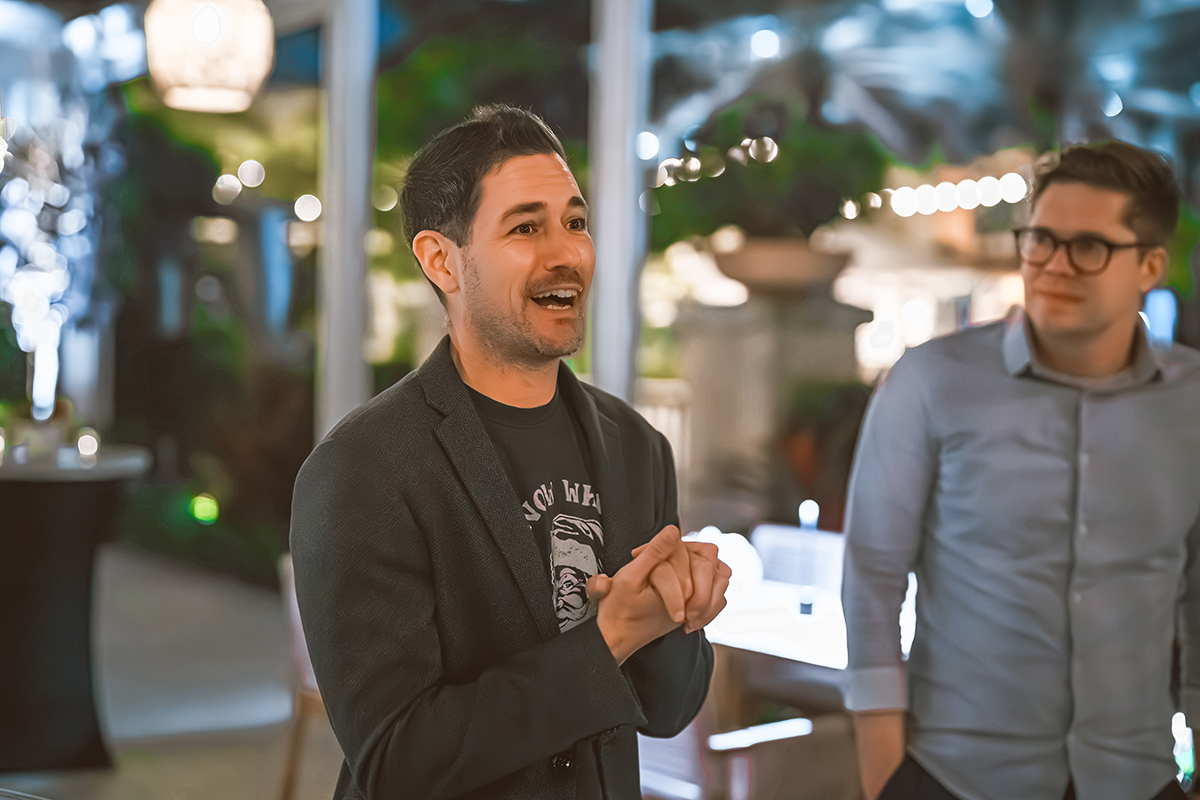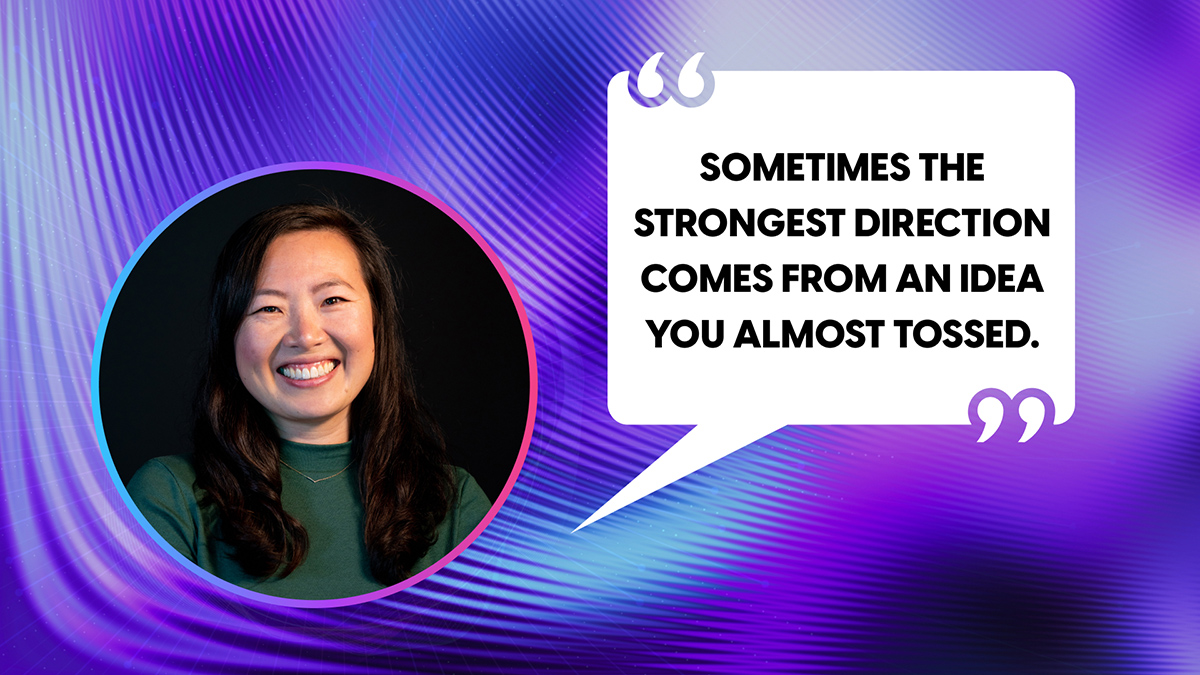
Ever wonder how a campaign goes from a creative brief to a full rollout? I sat down with our Creative Director to talk about where strong ideas begin, what it’s like to lead a creative team, and how thoughtful details turn good work into great work.
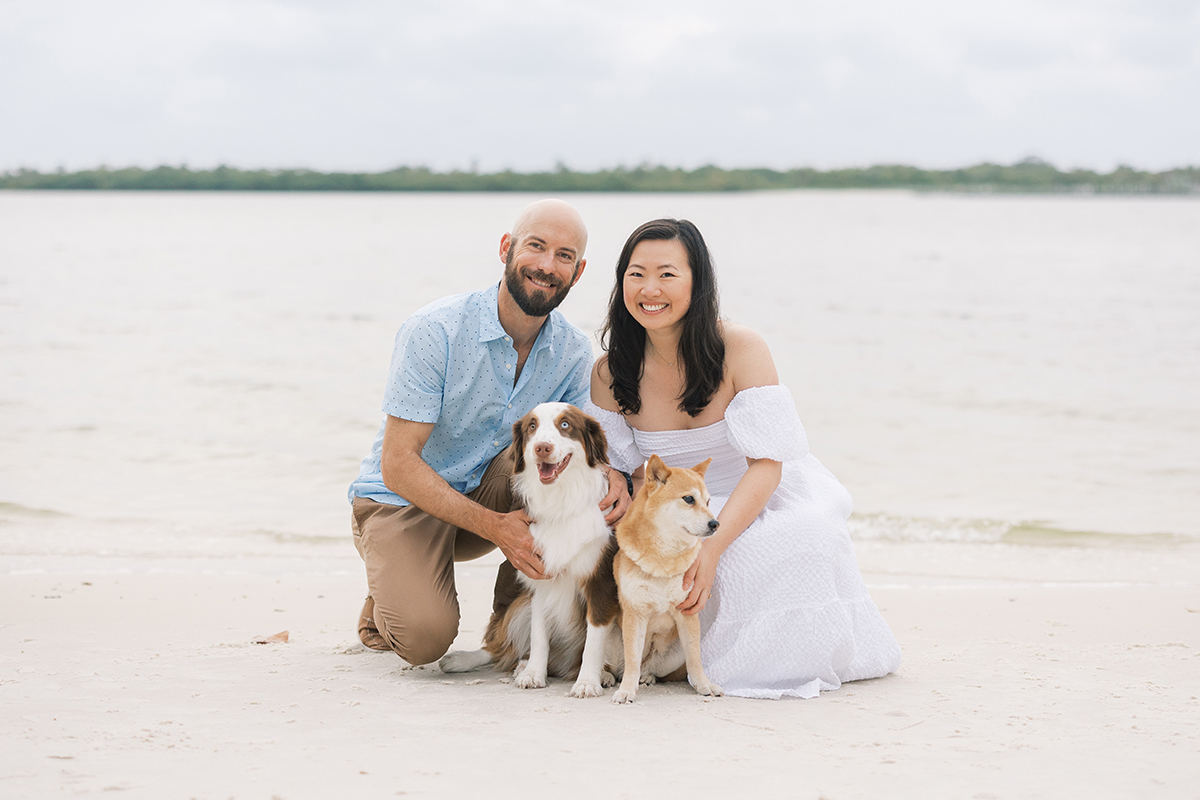
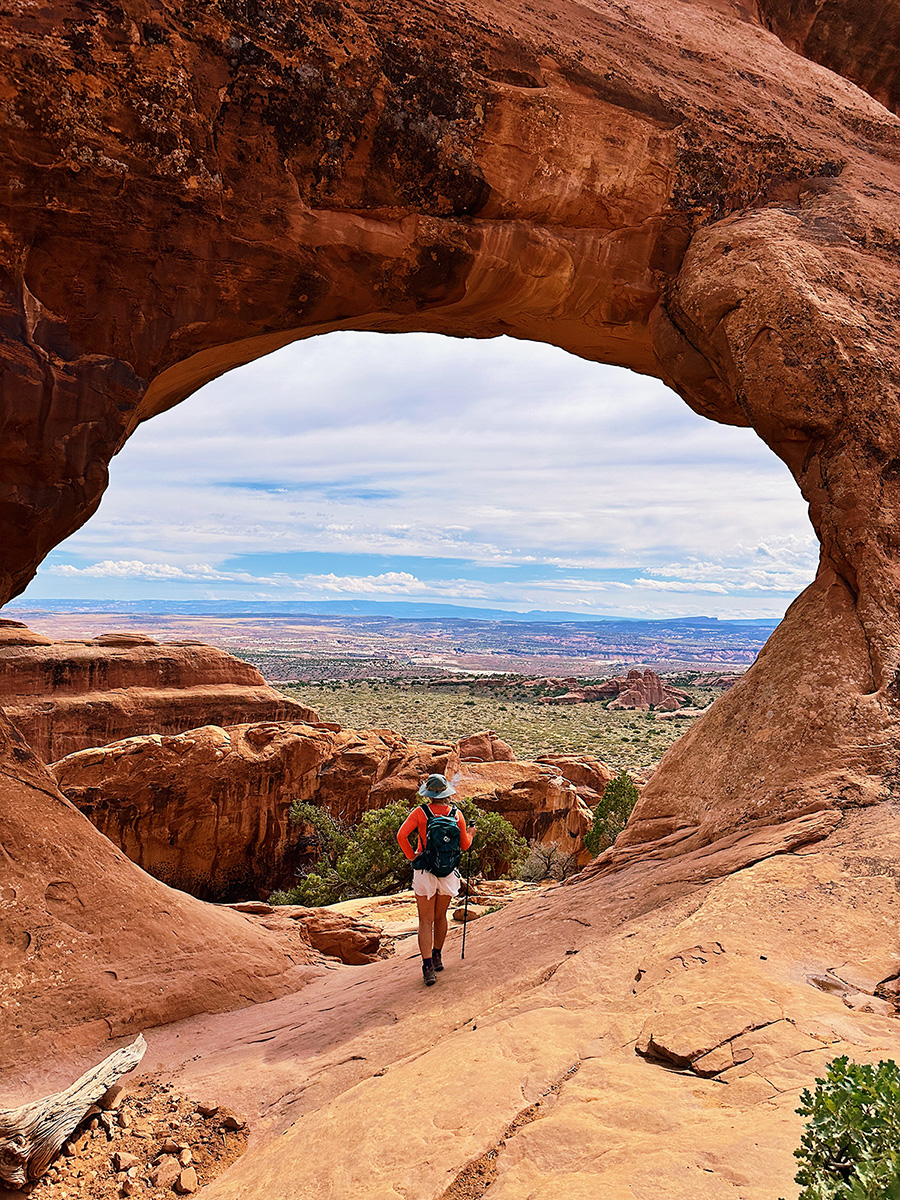
1. Thank you for joining me! Can you tell me a little bit about yourself?
Hi! I’ve been at 2TON for about 10 years. I started as a graphic designer when we were still a small agency in Delray Beach, and I’ve been the Creative Director for the past two. I studied Graphic Design at the University of Florida (Go Gators!) and have always been drawn to creative work. When I was younger, I loved scrapbooking and sketching, so ending up in a creative field feels like a natural fit.
Now, I lead our creative team across design, social, and web. I still jump into the work when I can, but most of my time goes toward shaping the bigger vision and making sure everyone has the space and support to bring their ideas to life.
In my free time, I love to travel, hike, and stay active by walking my two doggies, working out, and going to Orangetheory.
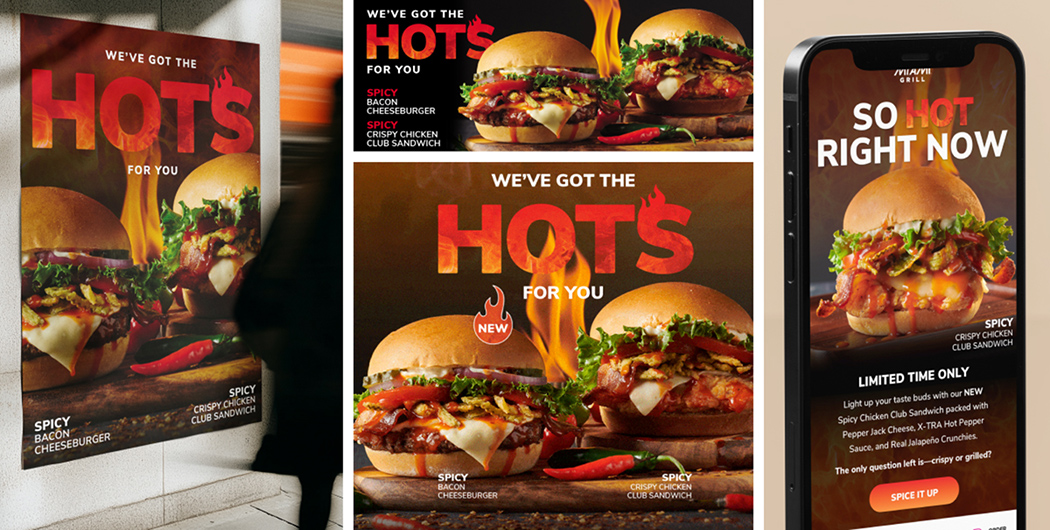
2. What’s the first thing you do when you’re kicking off a new campaign? Where does your creative process begin?
I always start with the creative brief because I want to be clear on what the client is trying to achieve before doing anything else. From there, I dive into inspiration. That might come from Pinterest, Google, Behance, or something totally unexpected. I like pulling ideas from outside the client’s industry too. Sometimes a layout, color combination, or type treatment from a completely different field sparks the best idea.
3. What’s one project that really challenged your creativity, and how did you rise to the occasion?
We had a client in the mediation space, which was a creative challenge. The subject matter isn’t naturally visual or exciting, so figuring out a way to make it engaging took some extra effort. In the end, I was really proud of what we created. We came up with a series of digital ads that focused on the idea that mediators don’t take sides. We used fun, everyday comparisons like iPhone versus Android or crust versus no crust to bring that concept to life in a playful way.
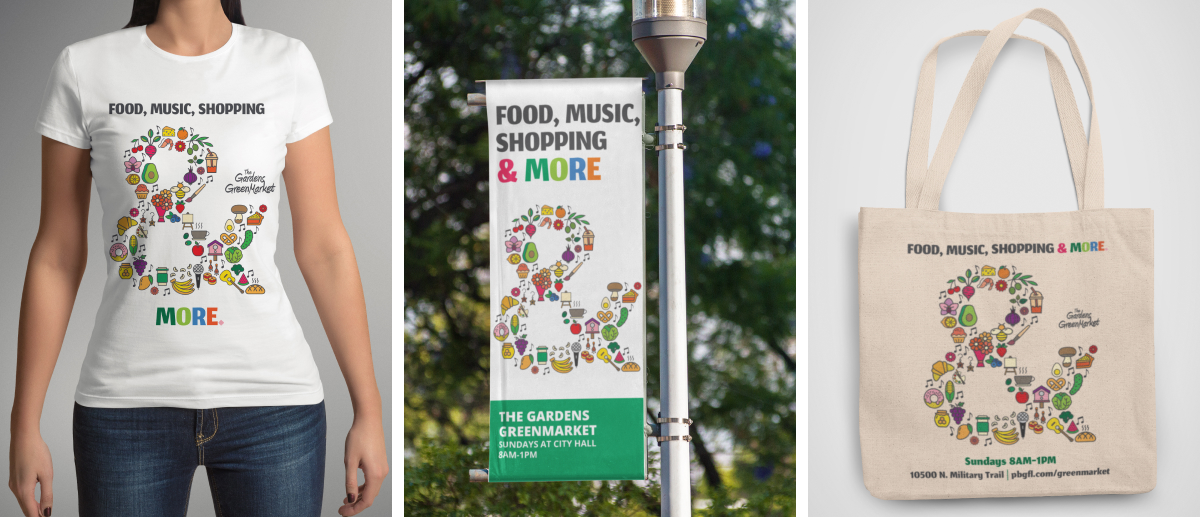
4. What’s something most people misunderstand about the design process behind a successful campaign?
One of the biggest misconceptions is that design is quick and easy. If something looks clean and simple, it usually takes a lot of time and effort to get it there. With AI tools becoming more common, there’s this idea that creative work just happens. But good design still takes thought, care, and collaboration.
That collaboration part really matters. The best ideas often come from a back-and-forth between people. Tools are helpful, but they can't replace real conversations or creative chemistry.
5. What trends in branding or design are you excited about right now?
Lately, I’ve been excited about the return of more human, handcrafted design. We’re seeing more custom type, textured details, and layouts that feel less polished in a good way. There’s something refreshing about work that isn’t overly perfect. It feels more real and considered.
I’m also seeing a bigger emphasis on storytelling. Brands want to connect in a more genuine way, and that comes through when we create content using their actual team, products, or environment. It’s much more memorable than stock or templated visuals, and it helps tell a story that feels specific to them.
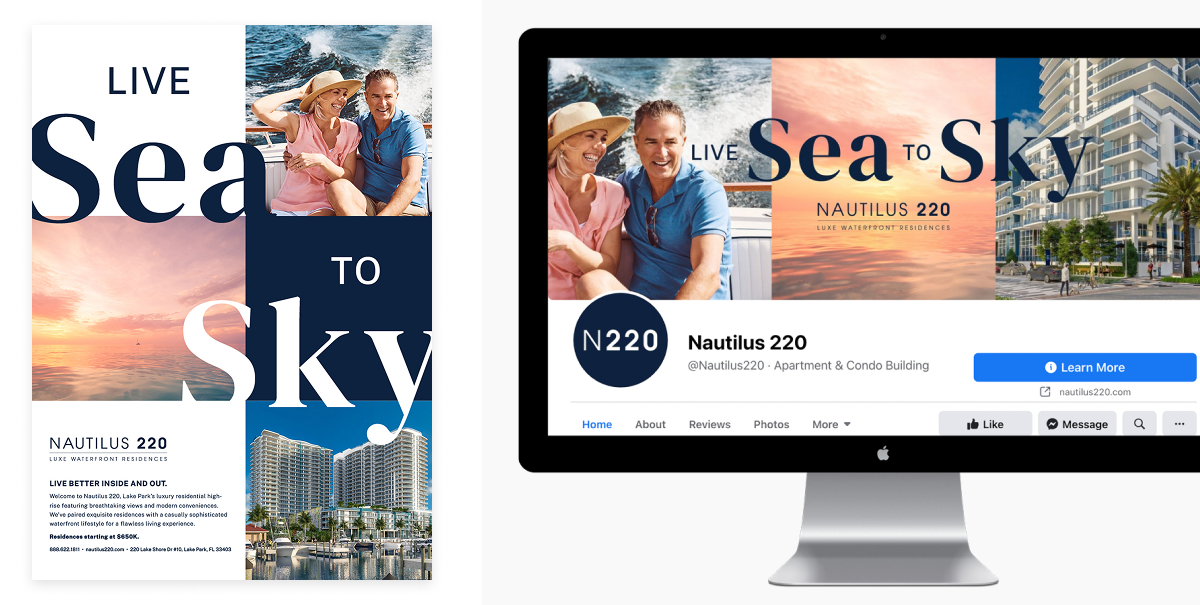
6. When collaborating with other realms, how do you ensure the visuals align with the full campaign vision?
When we’re collaborating across platforms like print, digital, and social, we usually start with print. It gives us more space to explore the visual direction and messaging. Once that’s locked in, I define the core visual elements early. That includes things like photography, colors, typography, and tone. Having those in place helps keep everything else consistent.
I check in at key points to make sure we’re still aligned with the concept. I also explain the “why” behind design decisions, not just the “what.” That helps the full team stay on track, even when multiple people are involved.
7. Where do you look for visual inspiration when beginning a new project? Do you have any go-to sources, environments, or even routines that spark your creativity?
I do my best creative thinking in the morning, so I try to block off that time when I can. Google and Pinterest are usually where I start, but inspiration can come from anywhere. When I feel stuck, I sometimes revisit old campaign ideas we didn’t use. Even something that was passed over can lead to a new direction with the right spin.
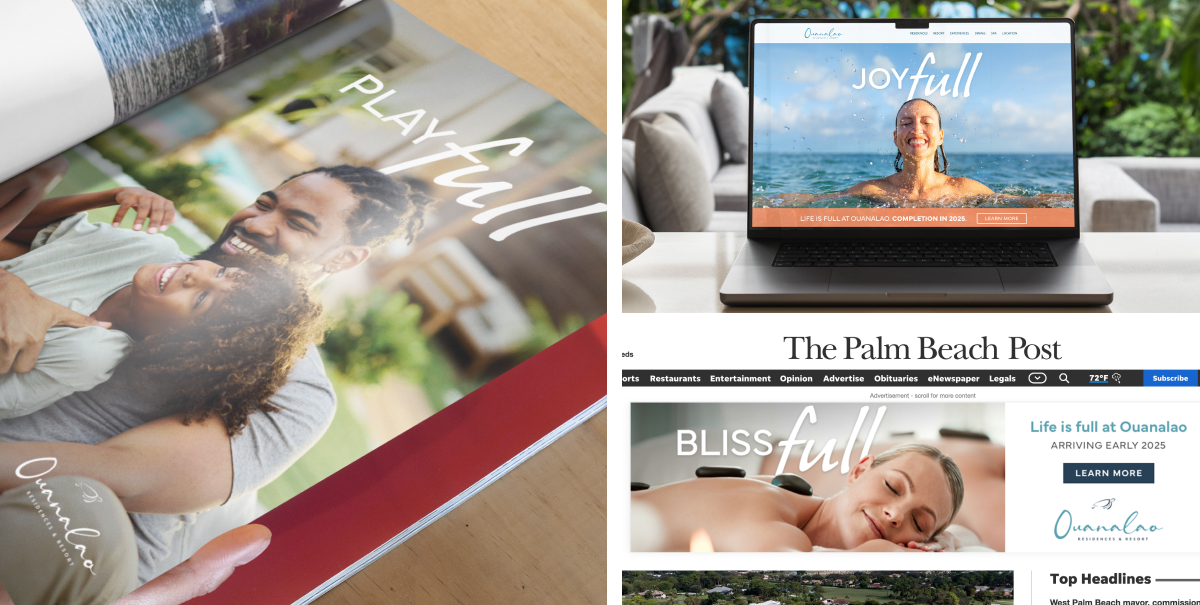
8. What’s the most valuable lesson you’ve learned as a creative leader at 2TON?
If your team does well, you do well. Helping people grow into their roles and find confidence in their work is one of the best parts of leadership. It’s not about control, it’s about trust. When your team feels supported and the client is happy, everybody wins.
9. What’s your favorite design detail that often goes unnoticed but makes a huge difference?
Kerning and spacing. The small stuff matters. If something feels just a little off, it's probably a spacing issue. Getting those details right makes the whole design feel more polished and intentional.
10. What advice would you give to an aspiring designer who wants to create campaigns that don’t just look good, but move people?
Hold on to everything during concepting, even the ideas you’re unsure about. The strongest direction sometimes comes from a thought you almost tossed. Also, talk to your digital or analytics team. They usually have insight that can help guide the creative in a more strategic way.
Stay curious. Don’t limit yourself to trends or design blogs. Look around, try new tools, and build your own perspective. And learn to give and take feedback. That’s one of the fastest ways to grow as a creative.
If you're ready to turn strategy into standout creative, we’re here for it. Let's talk.
